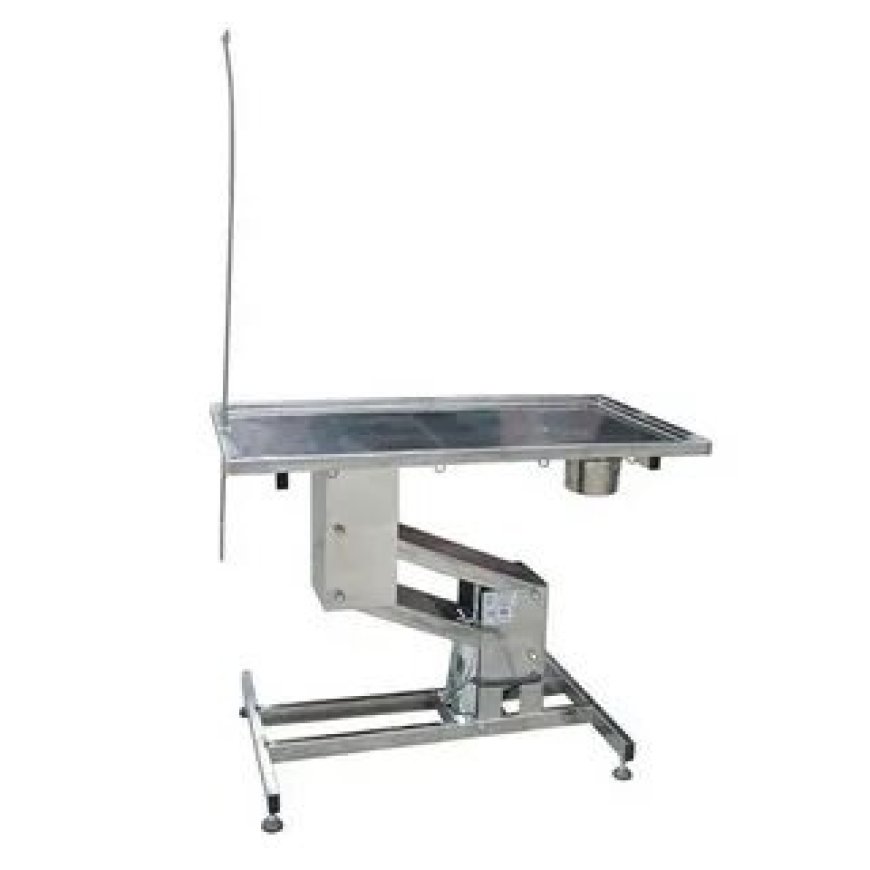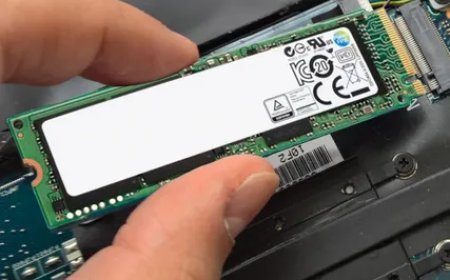How to Maintain a Fold Down Veterinary Exam Table

A fold down veterinary exam table is one of the most important tools in any veterinary clinic. It allows professionals to perform examinations safely and efficiently while saving space in treatment rooms. However, just like any medical equipment, this table requires regular care to stay functional and last longer. If you want to get the best performance and lifespan from your fold down table, proper maintenance is essential.
Why Maintenance Matters for Veterinary Exam Tables
Veterinary clinics handle a variety of patients every day. Exam tables support animals of different sizes, and they experience daily wear and tear. A poorly maintained table can develop issues such as weak hinges, rusted parts, or unstable surfaces. These problems not only risk the animal's safety but also affect your clinics reputation. Well-maintained exam tables provide:
-
Smooth operation during exams
-
Enhanced safety for pets and vets
-
Longer equipment life
-
Better hygiene control
By following simple maintenance steps, you can avoid frequent repairs and unnecessary replacements.
Daily Cleaning Keeps Problems Away
Keeping your fold down veterinary exam table clean is the first and easiest step in its maintenance routine. Animal fur, dander, fluids, and dirt can build up on the surface every day. If ignored, this buildup can lead to corrosion and harmful bacterial growth.
Use the Right Cleaning Agents
Avoid harsh chemicals like bleach or ammonia-based cleaners. These can damage stainless steel surfaces or strip protective coatings. Instead, use:
-
Mild soap or veterinary-safe disinfectant
-
Microfiber cloths for gentle wiping
-
Warm water for rinsing
-
Soft brushes to remove dried material from corners
Make sure the table is dry after cleaning to prevent moisture damage.
Disinfect After Each Patient
Always disinfect the exam table after each patient, especially when dealing with infections or parasites. Quick and effective sanitation reduces the chance of cross-contamination.
Weekly Check-Ups for Loose Parts
Apart from cleaning, you should perform weekly checks to ensure everything is tightly secured and working properly.
Inspect Hinges and Folding Mechanism
Since the table folds, its hinges and joints experience stress. Look for:
-
Loose screws or bolts
-
Cracks in the folding joints
-
Rust or signs of metal fatigue
Tighten all hardware with appropriate tools and replace worn-out parts as needed.
Test the Locking Mechanism
A fold down veterinary exam table often includes a lock to keep it flat or upright. Make sure it locks and unlocks smoothly. A faulty lock can cause accidents during exams.
Monthly Lubrication and Adjustment
Over time, mechanical parts such as hinges and brackets may stiffen. Apply a small amount of silicone-based lubricant to these parts every month.
Lubrication Tips
-
Use non-greasy, non-staining lubricant
-
Apply lightly to moving parts only
-
Wipe away excess with a dry cloth
This prevents friction and extends the lifespan of movable sections.
Check Table Surface for Damage
The table surface must remain smooth and unbroken for proper hygiene and comfort. Check for:
-
Scratches or gouges
-
Dents that may collect bacteria
-
Chipped coatings
If the surface shows signs of wear, consider refinishing it or replacing the table pad. Avoid taping over cracksthis only creates more hygiene issues.
Maintain the Wall Mount System
Most fold down veterinary exam tables are wall-mounted. Their mounting system plays a major role in overall stability.
Key Mounting Maintenance Tips
-
Examine the wall brackets for looseness
-
Check for damage or bending in the arms
-
Ensure screws stay firm in the wall
-
Use a level to confirm the table aligns properly when folded down
Loose mounts can lead to dangerous collapses. If the mounting base gets damaged, it should be reinforced or professionally repaired.
Train Staff on Proper Usage
Another way to maintain the table is through correct handling. Staff should be trained to:
-
Fold and unfold the table smoothly
-
Never overload beyond weight limit
-
Report any noise, shaking, or difficulty in folding
Proper use prevents misuse and keeps the table functioning for years.
Replace Worn Parts Proactively
Dont wait until something breaks to take action. If you notice a part wearing out, replace it early. Keeping spare parts like screws, bolts, or surface covers can save time and prevent service delays.
Common Replacement Parts to Keep Handy
-
Locking pins
-
Folding arms
-
Rubber feet or stoppers
-
Surface pads
You can usually get these parts from your supplier or directly from the manufacturer.
Schedule Yearly Professional Inspection
Even with regular cleaning and checks, its smart to schedule a yearly inspection from a professional technician. They can:
-
Identify hidden wear
-
Adjust mechanical systems
-
Upgrade safety features if needed
This adds an extra layer of safety and extends the service life of your equipment.
Organize a Maintenance Logbook
Keeping records of all cleaning, checks, repairs, and replacements helps you track the tables condition. A maintenance log allows you to:
-
Know when the last check was done
-
Monitor how often issues occur
-
Prove compliance with health standards
A simple notebook or digital tracker can make a big difference in organized care.
Storage and Positioning Best Practices
When not in use, fold the table up to save space. Always fold it slowly and make sure nothing blocks its hinges. Avoid placing heavy equipment on or near the wall area where the table mounts. This ensures smooth folding without external stress.
Benefits of Long-Term Maintenance
When you invest a little time in routine care, your fold down veterinary exam table will reward you with long-term benefits:
-
Fewer breakdowns and service calls
-
Better patient experience
-
Greater clinic efficiency
-
Cost savings on replacement
Veterinarians and clinic owners often overlook simple habits that can keep their equipment working like new. Maintenance is easier than dealing with repairs or replacements.
Final Thoughts on Equipment Longevity
A fold down veterinary exam table is more than just a piece of furnitureit is a vital part of patient care in any clinic. When maintained properly, it offers years of reliable use, keeps your workspace safe, and supports better animal treatment. With consistent cleaning, regular inspections, part replacements, and mindful handling, you can ensure your exam table performs at its best every day.
By following these tips, veterinary professionals can make informed choices that protect both their equipment and the animals they care for.
































